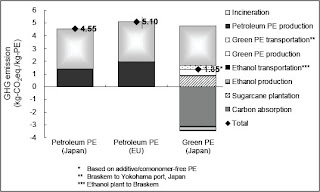Polysulfone Dental Device Remedies Teeth Grinding Problem
For people who are suffering from a tendency to grind their teeth while asleep, Michigan-based Grind Guard Technologies together with injection molder Maple Valley Plastics, has introduced ‘GrindGuardN’ a safe medical device for the mouth. A 3-mm-high central power bar is positioned at the middle of the mouth guard that directs pressure on the upper and lower teeth, and is said to reduce the biting and clenching intensity by up to 60%. The transparent injection molded 0.2-mm-thick outer shell of this dental device is made of Udel® P-1700 polysulfone ( PSU ) resin from Solvay Advanced Polymers, which is insert molded with a polycaprolactone (PCL) thermoplastic. To customize the GrindGuardN according to your mouth, it can be placed in a microwaved water for 90-120 seconds at 130°F (54.44°C). The white colored polycaprolactone turns transparent which signifies that it is soft enough to fit easily in synchronization with the front teeth. Polycaprolactone doesn’t deform or mel...



